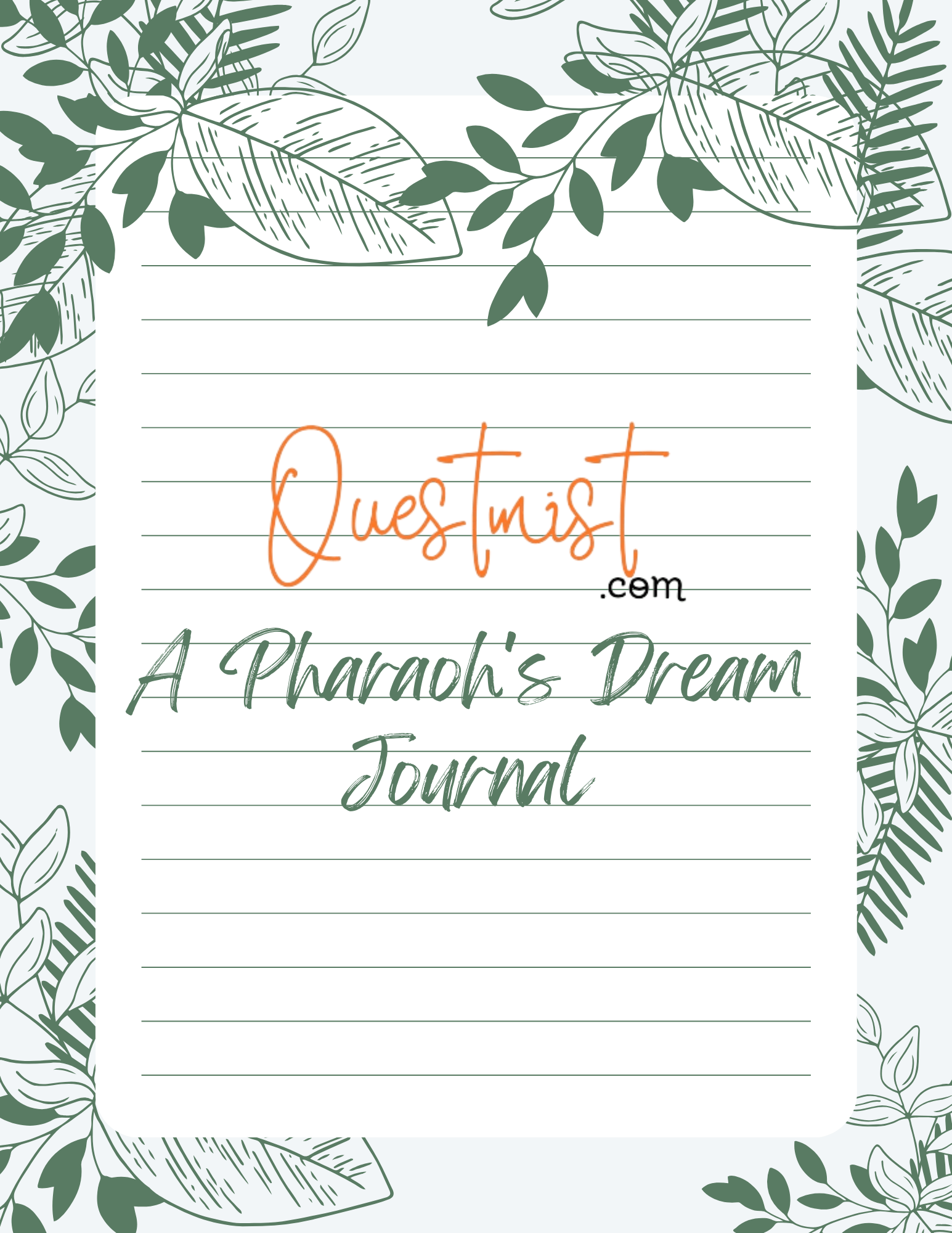
In the midst of the Egyptian desert, amid the golden sands that have witnessed millennia of history, a team of archaeologists uncovered a discovery that would send waves through the world of Egyptology. Nestled beneath a subterranean room of a long-forgotten pyramid, they uncovered a collection of papyrus scrolls, carefully preserved and etched with the exquisite hieroglyphs of ancient Egypt. These scrolls, it was eventually determined, were the dream journal of a Pharaoh whose reign had been cloaked in mystery.
The Pharaoh, known as Neferkare, ruled during the twilight of the Old Kingdom, an era marked by both splendor and upheaval. His tenure, however brief, was considered to be filled with enigmatic judgments and extraordinary directives. The discovery of his dream book offers a tantalizing peek into the psyche of a monarch whose dreams may have affected the destiny of his people.
The First Scroll: The Serpent and the Sun
The earliest papyrus, dated to the early years of Neferkare's reign, relates a vivid dream in which the Pharaoh found himself standing on the banks of the Nile, watching the sun rise. As the golden ball rose, a giant serpent emerged from the river, its scales glittering with an ethereal brightness. The serpent spoke to Neferkare, its speech a blend of hisses and murmurs, foretelling a time of great change and advising the Pharaoh to prepare his people for the difficulties ahead.
The Second Scroll: The Flight of the Falcon
In another journal, Neferkare relates a dream where he transformed into a falcon, soaring high over the pyramids and temples of Egypt. From his high vantage point, he witnessed images of both affluence and sadness. The dream seemed to communicate a message of alertness, reminding the Pharaoh of his obligation to oversee the prosperity of his kingdom and to remain constantly watchful for signs of danger.
The Third Scroll: The Council of Ancestors
Perhaps the most intriguing of the scrolls is one that relates a dream in which Neferkare was summoned to a big council of his ancestors. Seated amid the renowned rulers of Egypt's past, he was presented with a succession of riddles and trials, each designed to test his intelligence and willpower. The dream culminated in a vision of a united Egypt, its people thriving under the tutelage of a just and enlightened monarch.
The Final Scroll: The Veil of the Afterlife
The last scroll, penned shortly before Neferkare's unexpected demise, portrays a dream of the afterlife. In this vision, the Pharaoh wandered through the Duat, the realm of the dead, encountering gods and spirits who imparted the secrets of existence beyond the mortal realm. The dream ended with Neferkare standing before Osiris, the god of the afterlife, who placed upon him a symbol of eternal life and wisdom.
Implications and Interpretations
The discovery of Neferkare's dream notebook has provoked significant controversy among researchers and historians. Some read the dreams as reflections of the Pharaoh's innermost fears and desires, while others consider them as divinely inspired visions that directed his rule. The diary also offers a unique perspective on the spiritual and psychological landscape of ancient Egypt, offering insight on the manner in which dreams and visions influenced the decisions of its leaders.
As experts continue to investigate the scrolls, they expect to find more about Neferkare's rule and the impact of his visions on the path of Egyptian history. For now, the dream notebook serves as a tribute to the lasting mystery and appeal of ancient Egypt, a culture that continues to grab the imagination of the modern world.

Unearthing Secrets: A Pharaoh's Dream Journal Revealed
Advertisement
Advertisement
You must be logged in to post a comment. Please Login or Register .